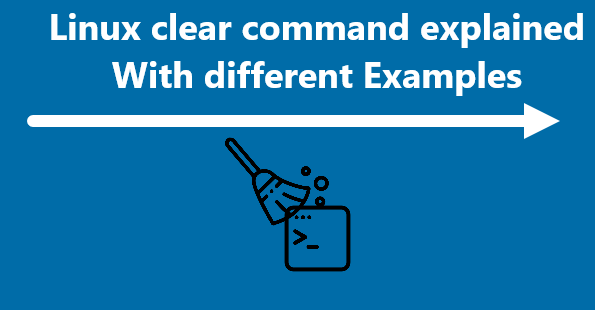Linux clear command explained With different Examples
LinuxThe clear command is a Linux utility that is used to clear text from the terminal window. It is a simple command that can be used to make the terminal look neat and organized.
Here at Fixwebnode, we shall explain the purpose of the clear command, how to use it, the different options available, and how to use clear on different Linux distributions.
Table of contents [Show]
What is the clear command?
The clear command is a simple command-line utility used to clear text from the terminal window. It can be used to clear the terminal screen of any text that has been outputted, including command history and any text entered by the user. This makes it easier to navigate the terminal, as all text is removed from the screen and the terminal window is refreshed.
How to use the clear command ?
Using the clear command is simple. All you have to do is type "clear" into the terminal window and hit enter. This will clear any text that has previously been outputted or entered by the user.
There are a few different options available for the clear command. These are as follows:
- -l: This option will clear the window, but will keep the current working directory intact.
- -c: This option will clear the window, but will not reset the current working directory.
- -v: This option will clear the window and set the current working directory to the root directory.
Using clear on different Linux distributions
The clear command is a standard command on most Linux distributions. The syntax will remain the same regardless of the Linux distribution. For example, on Ubuntu, you can use the command as follows:
$ clear
On Fedora, you can use the command as follows:
$ /bin/clear
[Need urgent Linux Support ? We can help you. ]
This article covers the purpose of the clear command, how to use it, and the different options available. In fact, It can be used to clear the terminal window and make it easier to navigate.









